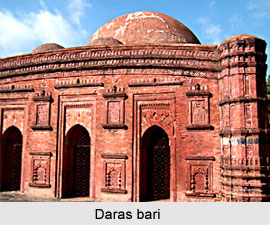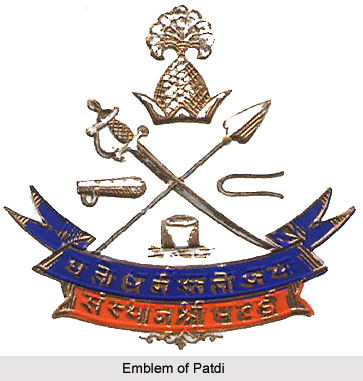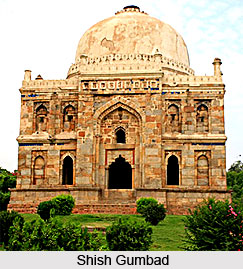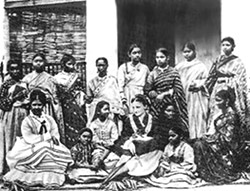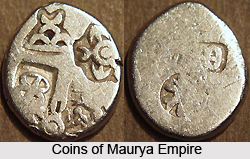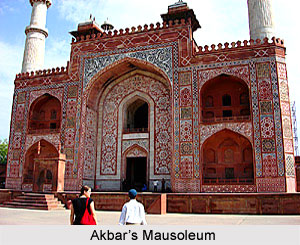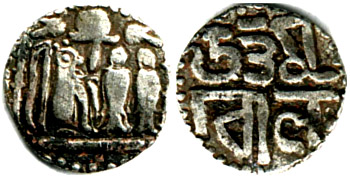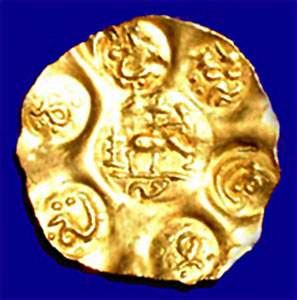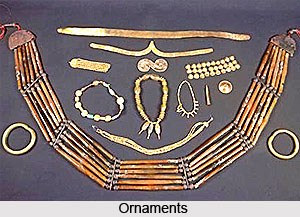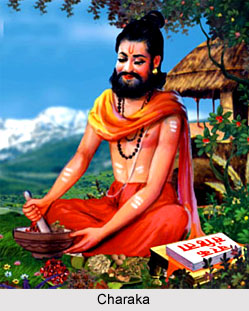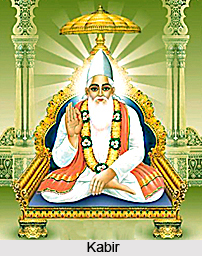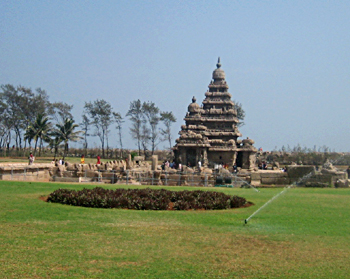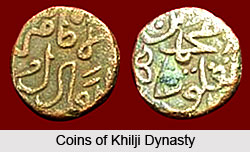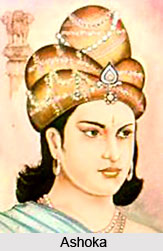 Socio-economic conditions of Mughal India were considered as quite modest. During the Mughal era, a society was divided into the three main categories namely rich, middle and poor section. There were wide differences between all these three classes. The rich class was at the top of the socio-economic ladder. This class had all the advantages and lived in exceptional luxury with access to ample resources. The middle class was comparatively a new development and eventually this particular class became a vital force in Mughal India. The ruling class of Mughal India lived a life of lavish homes, festivity and grand banquets. Both indoor as well as outdoor games were popular as they had time and resources to get indulged in them. Mughal Empire was highly successful and prosperous.
Socio-economic conditions of Mughal India were considered as quite modest. During the Mughal era, a society was divided into the three main categories namely rich, middle and poor section. There were wide differences between all these three classes. The rich class was at the top of the socio-economic ladder. This class had all the advantages and lived in exceptional luxury with access to ample resources. The middle class was comparatively a new development and eventually this particular class became a vital force in Mughal India. The ruling class of Mughal India lived a life of lavish homes, festivity and grand banquets. Both indoor as well as outdoor games were popular as they had time and resources to get indulged in them. Mughal Empire was highly successful and prosperous.
The middle class usually comprised merchants, businessmen and other professionals. They led a comfortable and sensible life although they were not able to afford the lavishness of the higher rich class. However, some of the middle class families were quite well off and indulged in various types of luxuries. Next to the middle class lay the class of poor people. They were often considered as the most neglected part of the society. There were huge differences between these two preceding classes as far as their standard of living was concerned. They did not have adequate food and clothing and they were engaged in low paying jobs. In such jobs, they were expected to give long hours. Because of their poor conditions, they were sometimes referred to as voluntary slaves. Unfortunately, the socio-economic conditions of the peasants declined continuously and especially towards the end of Mughal rule.
During the reign of the Mughal Emperors, education was given considerable significance. As the Mughal emperors were keen supporters of education, there was huge development. Interestingly, one of the significant duties of public works department was to establish schools and colleges. During the Mughal rule, female education also existed. The major social practices of that time were sati, child marriage and dowry system. However, Mughal Emperors like Akbar also made attempts to reform the society. According to historians, one of the major negative aspects of the administration of Mughal India was that it did not make any key effort for the development of agriculture. These factors lead to devastating results such as famines. The famines had a damaging effect on the economy. Economy in the Mughal era started to deteriorate after Aurangzeb`s death.


